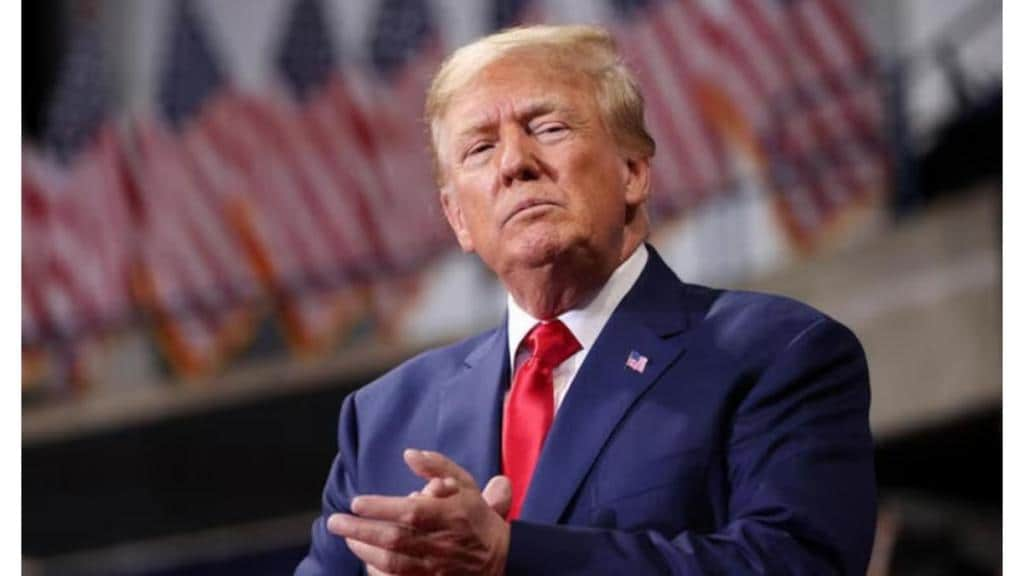The upcoming congressional joint session to count electoral votes on Monday is anticipated to proceed smoothly, in stark contrast to the turmoil of January 6, 2021, when a mob of then-President Donald Trump’s supporters violently disrupted proceedings.
This time, Trump returns to the presidency after decisively winning the 2024 election. The race began with Joe Biden as the Democratic nominee but concluded with Vice President Kamala Harris leading the ticket after Biden withdrew. Harris, in her role as president of the Senate, will preside over the certification of her own loss, mirroring the actions of Mike Pence, who oversaw Trump’s defeat certification in 2021 after the Capitol violence.
Typically a ceremonial procedure, the joint session on January 6 marks the final step in affirming a presidential election, following the Electoral College’s official vote in December. The Constitution mandates this meeting, which involves a series of formal steps.
What happens during the joint session?
Under federal law, Congress convenes on January 6 to review sealed certificates from each state documenting their electoral votes. These certificates are transported in special mahogany boxes designed for the occasion.
Bipartisan representatives from both chambers read the results aloud, perform an official count, and the vice president formally announces the winner.
In the event of a tie—a rare scenario last seen in the 1800s—the House of Representatives would decide the presidency, with each state delegation casting one vote. However, this is irrelevant in 2024, as Trump secured a clear victory over Harris, 312-226.
Post-2021 reforms
In response to the chaos of 2021, Congress tightened the rules governing the certification process through the revised Electoral Count Act of 2022.
The law explicitly defines the vice president’s role as purely ceremonial, countering Trump’s efforts to pressure Pence into rejecting Biden’s victory. Similarly, Harris will have no authority to alter the results.
Vice presidents presiding over their own electoral defeats is not unprecedented. Al Gore oversaw the 2000 certification after narrowly losing to George W. Bush, while Biden led the 2017 session declaring Trump’s win, both adhering to their constitutional duties despite objections.
How does the session proceed?
The presiding officer opens each state’s electoral certificates in alphabetical order, with appointed bipartisan tellers reading them aloud. They then record and count the votes, culminating in the formal announcement of the winning candidates for president and vice president.
Handling objections
Lawmakers may object to any state’s electoral votes, but such objections must now meet a stricter threshold. They require the written support of one-fifth of both chambers—a significant increase from the previous standard of one senator and one House member.
If an objection meets this requirement, the joint session pauses as the House and Senate separately debate the matter. For the objection to succeed, both chambers must approve it by a simple majority.
This threshold is unlikely to be met this year. In 2021, challenges to Arizona and Pennsylvania’s electoral votes were rejected by both chambers. The last prior objection was in 2005, when Democrats contested Ohio’s votes, citing alleged irregularities, only for the objection to be swiftly dismissed.
Final steps
Once the votes are certified, the president is inaugurated on January 20 at the Capitol’s west front. With Harris conceding Trump’s victory without dispute, the certification is expected to conclude without incident, leaving no further opportunities for objections beyond potential legal challenges.

